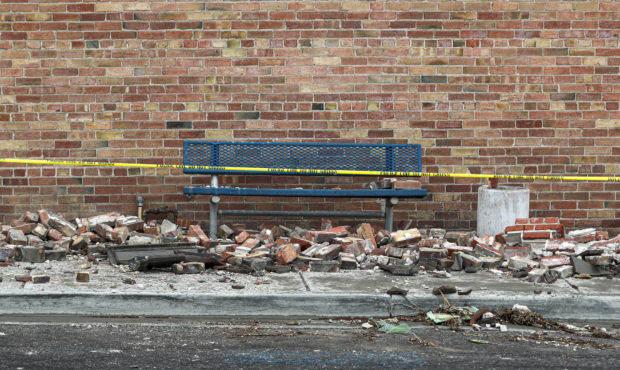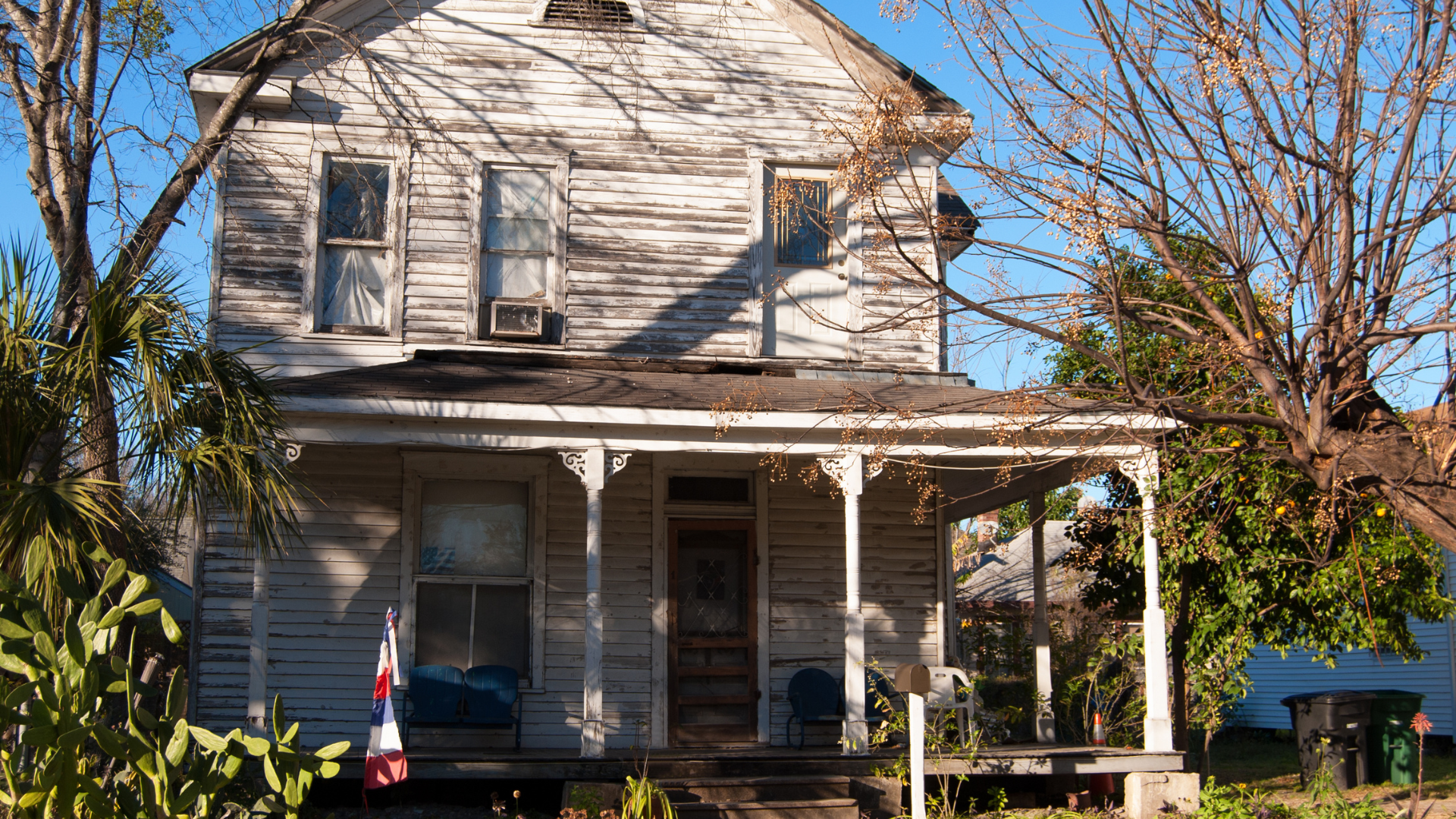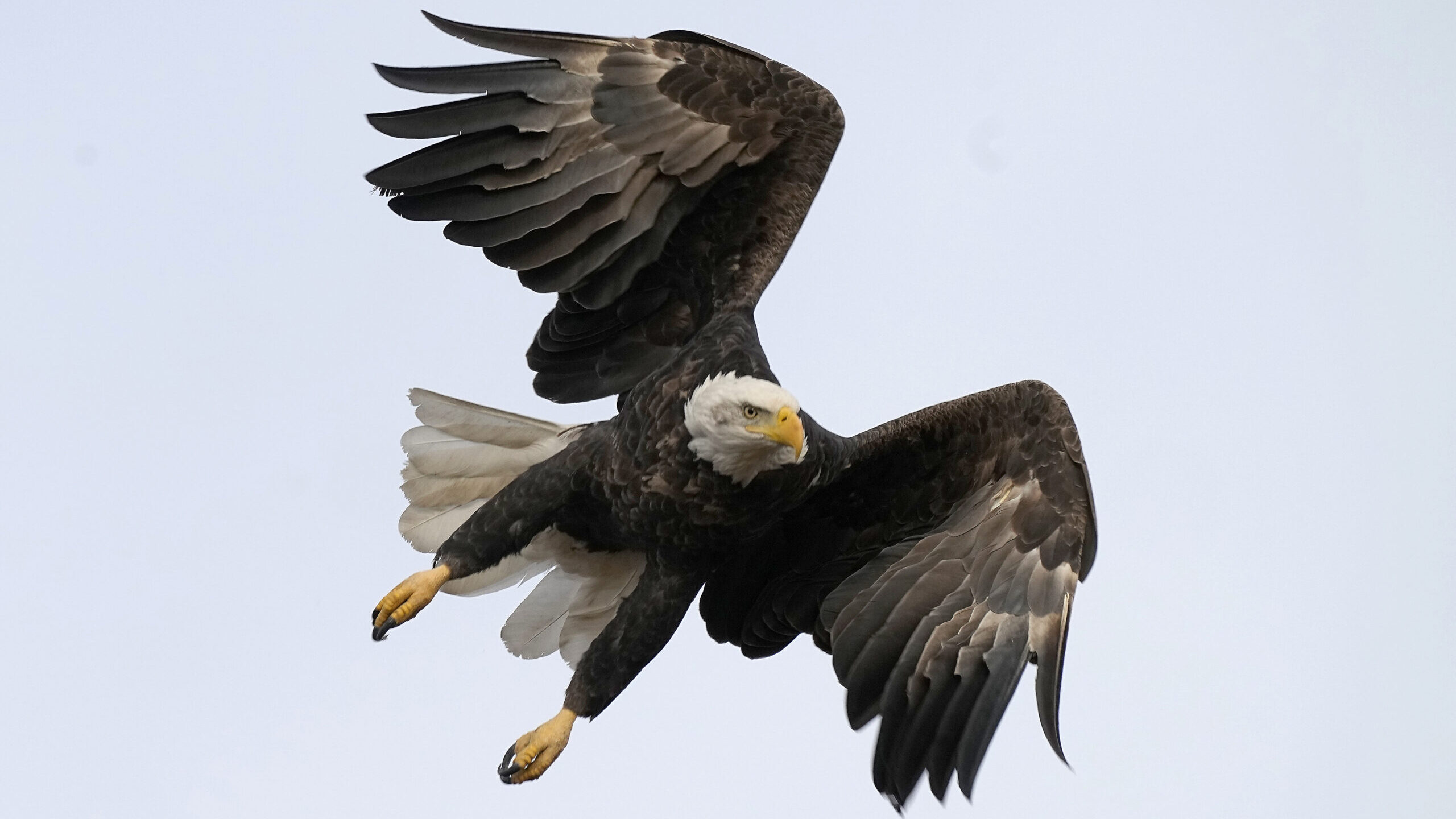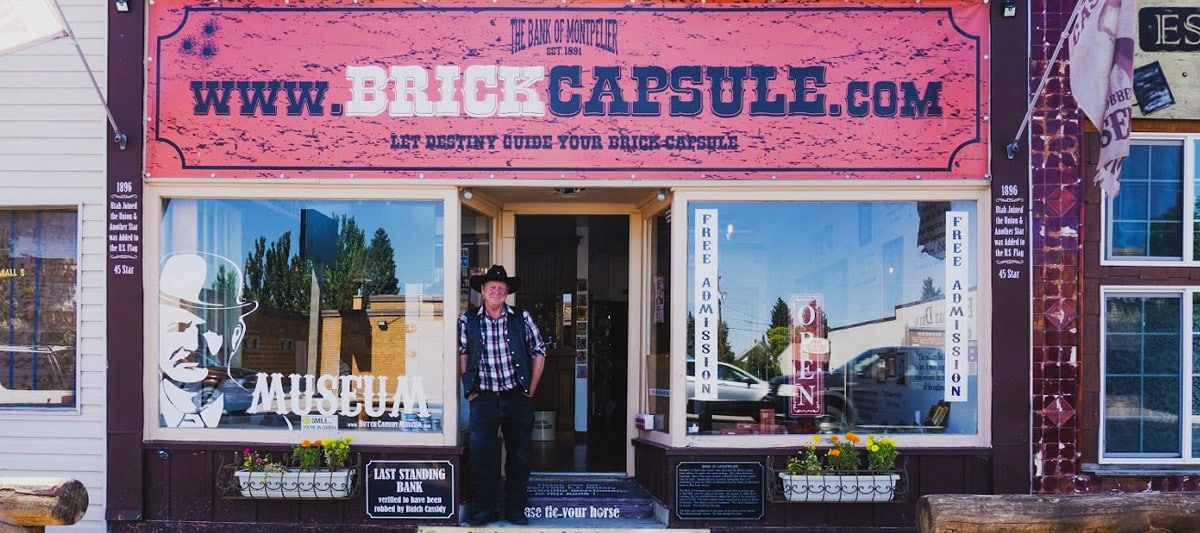Lake Powell is oh so low, but many snow basins in good shape — for now
Feb 2, 2022, 5:18 PM
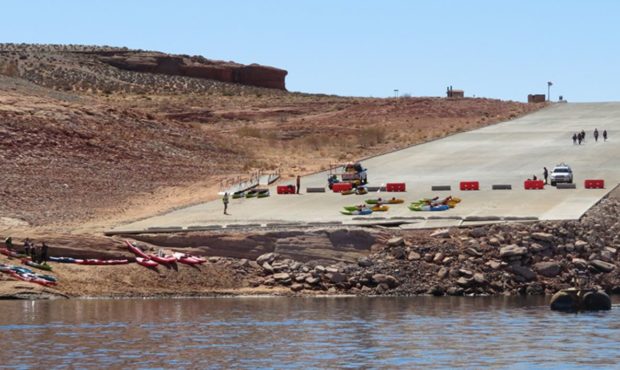
The public launch ramp at Antelope Point, late March, 2021. (PHOTO: NPS/Trash Trackers)
(PHOTO: NPS/Trash Trackers)
SALT LAKE CITY — Does it seem a little early to be worrying about the lack of water in Utah? If you have plans to go boating on Lake Powell, you might want to take another look at your plans because the lake has not been this low since 1967. Kevin Eubank, the chief meteorologist at KSL, says many of the state’s snow basins are loaded with water but more snow is needed — like this month to keep the drought at bay.
Related:
Despite lack of January snow, Utah is still on track for the water year
Superintendent William Shott of the National Park Service for Glen Canyon National Recreation Area and Rainbow Bridge National Monument joined KSL NewsRadio’s Dave & Debbie to talk about how the drought may be affecting the recreation season on Lake Powell.
On May 21, 2021, the docks at Dangling Rope Marina were damaged due to wind and need repair.
According to the National Park Service:
- Due to significant wind damage and low water conditions, Dangling Rope Marina is closed until further notice. The damaged docks are not safe for visitors or employees.
Work being performed on marinas at Lake Powell
Shott said Dangling Rope Marina will not be open this year. He said all the marinas on Lake Powell are being worked on now. Shott added that Dangling Rope Marina is a narrow canyon and as the water level falls, it becomes narrower.
He said at 100 feet, there is not much room to maneuver boats.
“The only way to get there is by boat or helicopter. . . there are no roads. So even getting the material up there to generate electricity to treat the drinking water and to remove the wastewater, all that’s being impacted as well by the low water,” Shott said.
At 3,531 feet, the last time the water level at Dangling Rope Marina was this low was 1967, he said.
“That’s about 40 foot lower than this time last year to give you an idea of how much water we’ve had coming in,” Shott said.
The Glen Canyon Dam, which forms Lake Powell, was built by the U.S. Bureau of Reclamation from 1956 to 1966.
Schott said the Upper Colorado Basin snowpack water equivalent is at 112% of normal.
“The basin doesn’t reach its annual maximum until late March or in April. So with that 112% however, we’re on track for at least a normal year,” he said.
“What does this mean to other marinas?” Dave asked. “Will you have to start restricting how many people will be allowed into the marina?”
“We don’t expect having to restrict visitor numbers at all,” Shott said.
Feast or famine
Eubank summed up the state water situation in January with one word: pitiful.
“We average almost 1.3 inches of water. We got under a half inch of water during the month,” Eubank said.
He said since October, the precipitation has been falling off and turning on each month: October on, November off, December on, January off, February . . .
“So that’s never going to help us recover from a drought. In fact, it only puts us in a deeper hole,” Eubank said.
But the good news is there is snow in the mountains. Many of the snow basins range from 80% to 115% capacity, he said.
“We’re not as far behind in the amount of water that’s contained in the snow. So, we’re not in panic mode yet,” he said, adding that March 1 is the deadline to determine where the state is water-wise.
“[If] we don’t have an above average year by March 1, there are going to be some big-time decisions, and they’re already happening. County officials have met and will continue to meet to try to figure out how do we manage this ever-changing and ever-shrinking water situation across the state,” Eubank said.
He said the way Utah exits the drought is many years of good water.
“It just doesn’t come in a single year,” he said.
Dave & Dujanovic can be heard weekdays from 9 a.m. to noon. on KSL NewsRadio. Users can find the show on the KSL NewsRadio website and app, as well as Apple Podcasts and Google Play.


